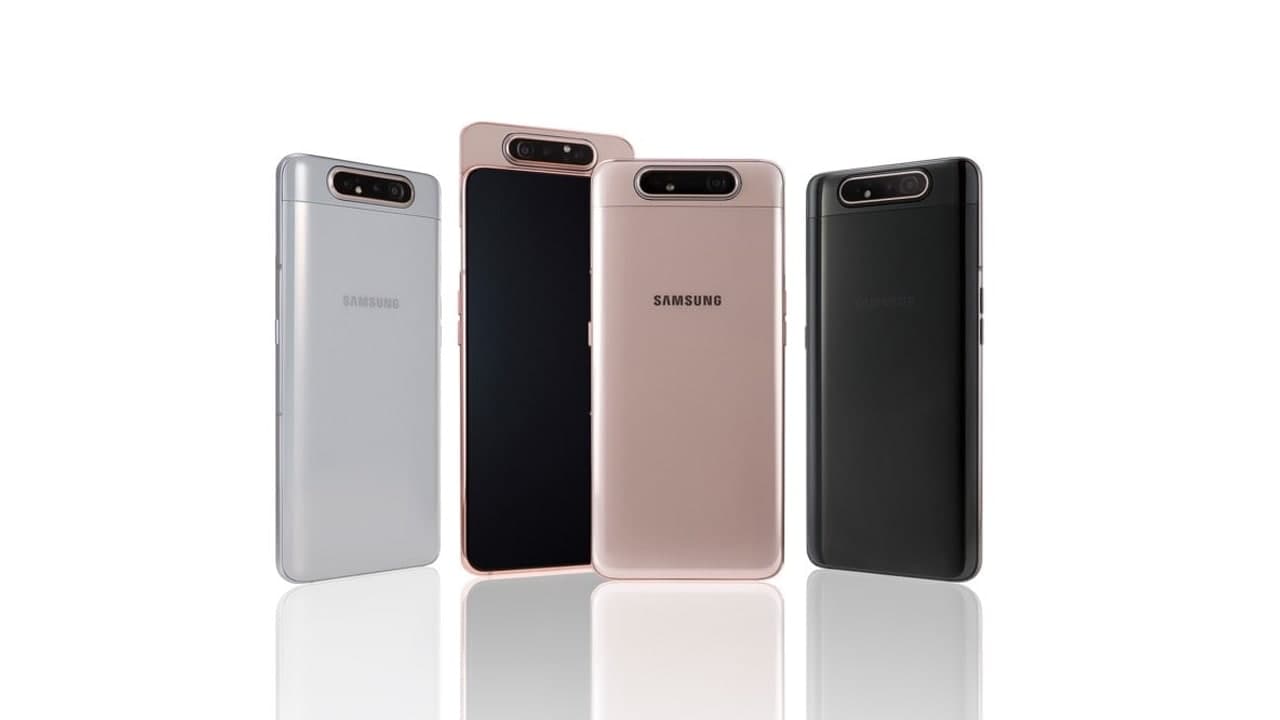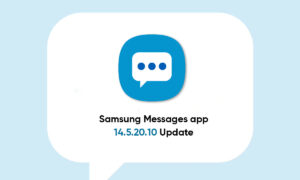Bundled with the Samsung application, the official UI application can be converted into a UI. You will often find yourself thinking between the Samsung apps on the default Google app. One such product is Samsung My Files, which is a file browser for managing files already installed on Galaxy phones. It can compete with the Google Files application in the Play Store. If you are confused about the two, please read our comparison and choose the best app for your phone.
Moreover, the file manager plays an important role in the Android ecosystem. This operating system allows you to view, manage and edit each file type on your phone. Although there are many third-party file managers in the Play Store, most users still insist on using the file managers provided by Samsung and Google.
AVAILABILITY
Samsung My Files app is available on the Galaxy Store. The company regularly updates and improves the app through frequent updates from the store.
Google Files is available on the Play Store.
USER INTERFACE
The file manager application requires a user interface. You need to find files and media on your Galaxy phone. Both Google Files and Samsung My Files make the interface simple and easy to use.
Let’s start with Samsung’s files. Like other One UI apps, Samsung My Files provides a huge app header at the bottom and easy-to-access features at the bottom. You will see that Google’s file manager also has it.
Scroll down to find a categorized view of the media files and storage section. That will help you find a particular file or document quickly. As for customization, Samsung allows you to enable/disable storage location from the Settings menu.
Google Files comes wearing the Material Theme 2.0 design language. Most options such as Clean, Browser, and Share are at the bottom. However, we are not a fan of the hamburger and Search menu at the top. Google could have easily integrated them at the bottom.
FILE ORGANIZATION
Samsung easily won this round of competition. Please allow me to elaborate. The company supports internal storage, SD card (if your phone supports it), and online cloud storage such as OneDrive, Google Drive, and Dropbox.
You can connect to the network drive from the FTP server, SFTP server, and “Network Storage” menu. In short, Samsung’s “My Files” is your one-stop solution for managing files, no matter where they are stored.
For your most-used media files and documents, you can simply favorite them and easily access them from a single Favourites menu.
Google’s Files app pales in comparison. There is no way to view files from third-party cloud storage. It doesn’t support a micro-SD card either. The Favorites section is there to access frequent files.
EXTRA FEATURES
Both Google File and Samsung My Files applications are good at basic file management functions. You can transfer, copy and share files. In addition to these two applications, additional components are also discussed.
Google launched the “File” application, which can handle junk files and images on mobile phones. The service only makes sense when looking for and providing suggestions to delete duplicate and irrelevant large files. Open the “Files” application and go to the “Clean up” section.
It’s Google’s answer to the growing popularity of file-sharing apps like Xender, AirDrop, and ShareIt. Simply go to the Share menu and select Send or Receive. The service will quickly identify the nearby device, and you can easily move or receive large files on the go.
Google also added protected folders. Select sensitive files and media, and then move them to a safe folder.
Samsung has an integrated analysis storage option that allows you to clearly view the file types that consume the phone space. However, you cannot delete any unnecessary files with a single click.
MANAGE FILES LIKE A PRO
Proper file management is one of the reasons why Android is used on rival iPhones. Google has done a remarkable job of “cleaning”, “sharing” and “secure folder” add-ons. However, Samsung’s implementation is moving forward with third-party cloud storage support, FTP/SFTP add-ons, and storage analysis.

















